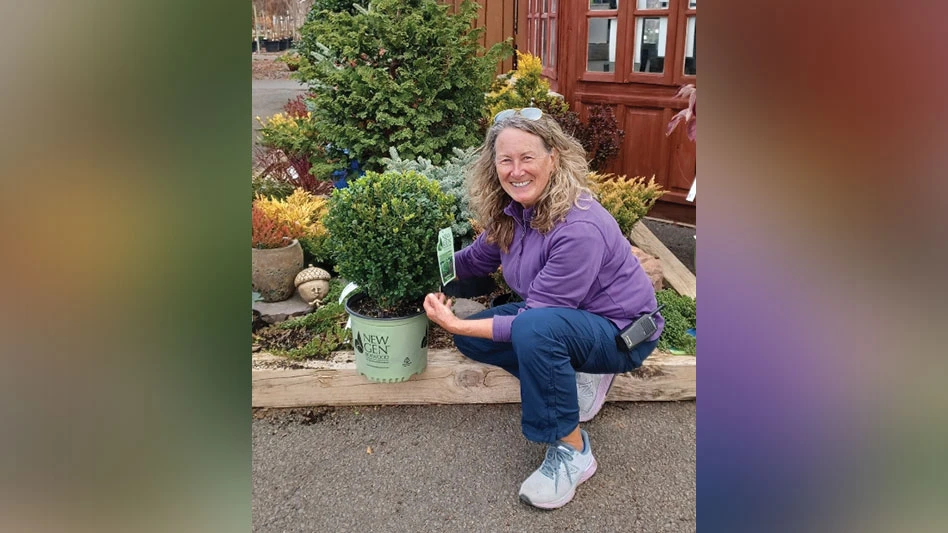

few years ago, I had the privilege of meeting and working with Moliko Lekhera, an agricultural exchange worker from the Kingdom of Lesotho. Lesotho is the small landlocked country that is entirely surrounded by the nation of South Africa. It is often referred to as “the roof of Africa” because of its mountainous terrain. One day, I hope to visit Moliko and take part in two of my passions in life, fishing and plant geekery! Lesotho boastsa some of the best trout fishing in the world. The cold, mountainous streams are the home of native rainbow and brown trout. While I’m fishing, I’ll be able to see one of my all-time favorite plants in its native habitat, Aloe polyphylla.
A. polyphylla, or spiral aloe is a rare and beautiful aloe that is native to the Maluti Mountains of Lesotho. In fact, it does not occur naturally anywhere else in the world outside of Lesotho with the possible exception of the Drakensburg Mountains of South Africa. I happen to have a specimen growing at my home in Albany, Oregon which was part of a crop of A. polyphylla we grew at Little Prince several years ago. I also saw some beautiful specimens at Dan Hinkley’s Windcliff garden on the Puget Sound when I visited last November with garden designer Jerry Fritz.


The spiral symmetry of A. polyphylla is indeed striking. Nature has a special affinity for spirals. Our galaxy and billions of other galaxies in the universe is a spiral galaxy. The shells of many mollusks, such as the queen conch have spiral symmetry. In the case of the queen conch, almost all specimens spiral to the right, or are dextral. Very rarely one will spiral to the left. The term used to describe a left spiral is “sinistral.” In the case of A. polyphylla, there are commonly both dextral and sinistral plants. The Italian mathematician Fibonacci, who gave us our base 10 Hindu-Arabic numeral system, first described the spiral in terms of a mathematical sequence called the Fibonacci sequence.
Spiral aloe is often covered by snow during Lesotho’s winter, so it’s quite cold hardy. Mine has seen 17° F and been unfazed. It is growing in well-drained soil, which is essential for the plant. I have done nothing thus far to protect it from cold in winter, though I will if temperatures fall below 15°F. It could be grown in a large container and moved into a protected area for winter.

Get curated news on YOUR industry.
Enter your email to receive our newsletters.
Explore the October 2022 Issue
Check out more from this issue and find your next story to read.
Latest from Nursery Management
- The Growth Industry Episode 3: Across the Pond with Neville Stein
- What's in a name?
- How impending tariffs and USDA layoffs impact the horticulture industry
- Shifting the urban environment
- These companies are utilizing plastic alternatives to reduce horticultural waste
- How to create a sustainable plant nursery
- Lamiastrum galeobdolon ‘Herman’s Pride’
- One of rarest plants on earth: Tahina spectabilis







